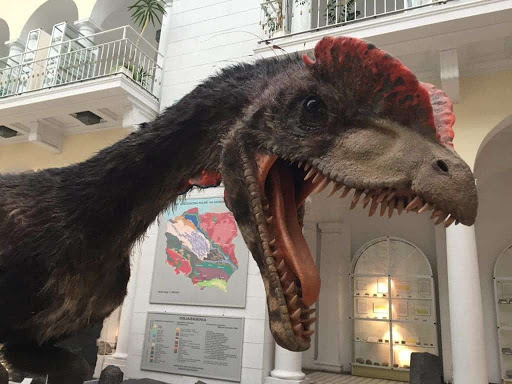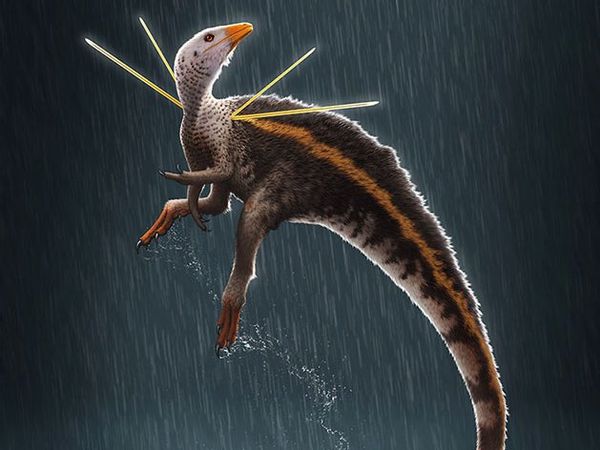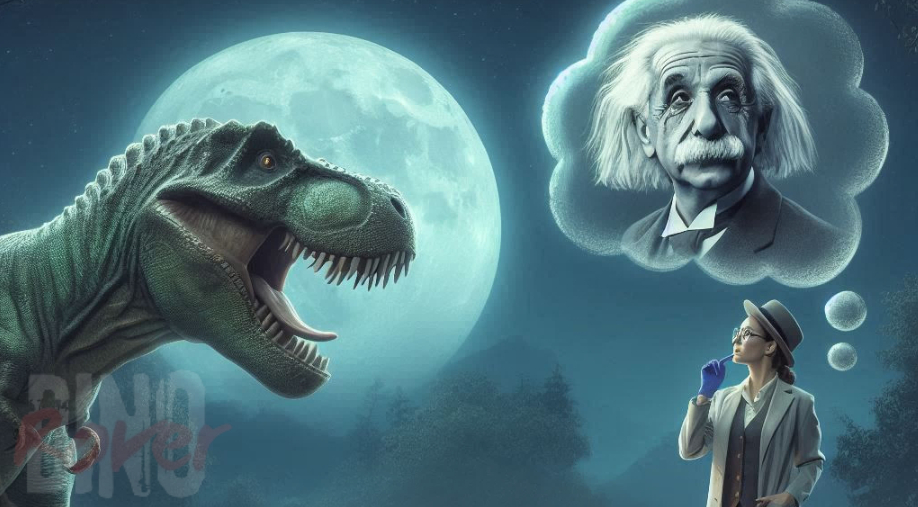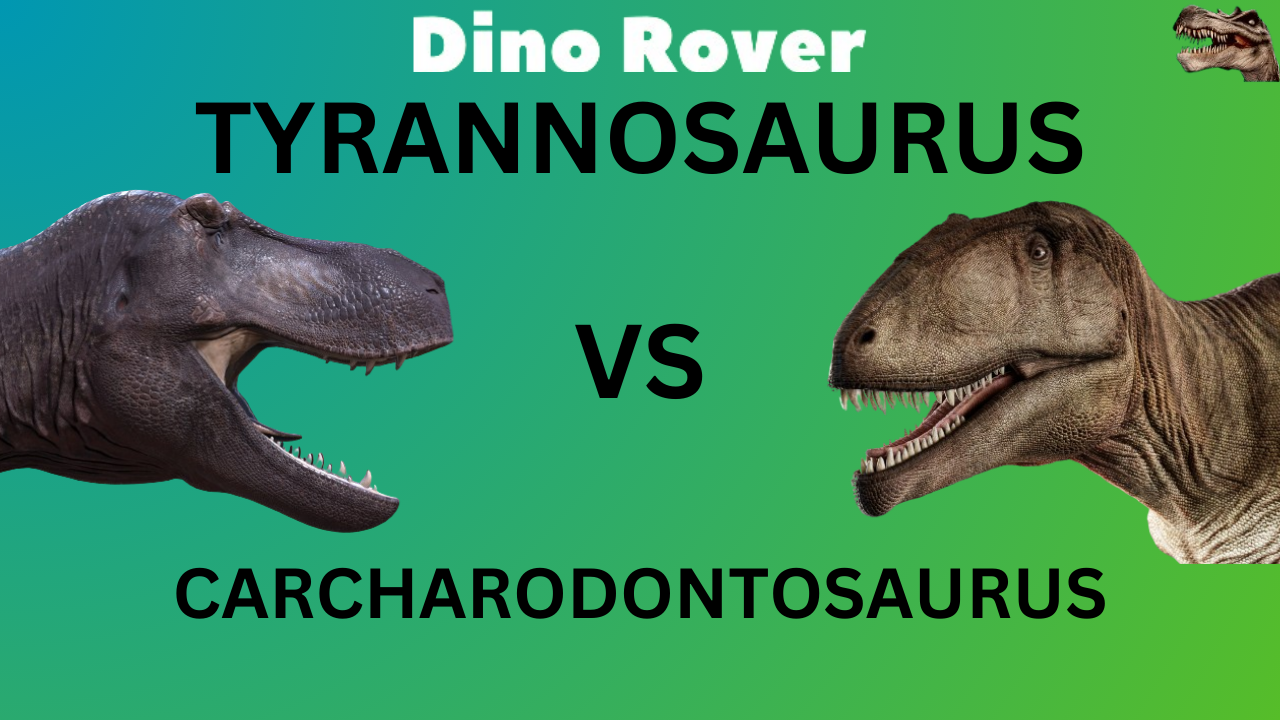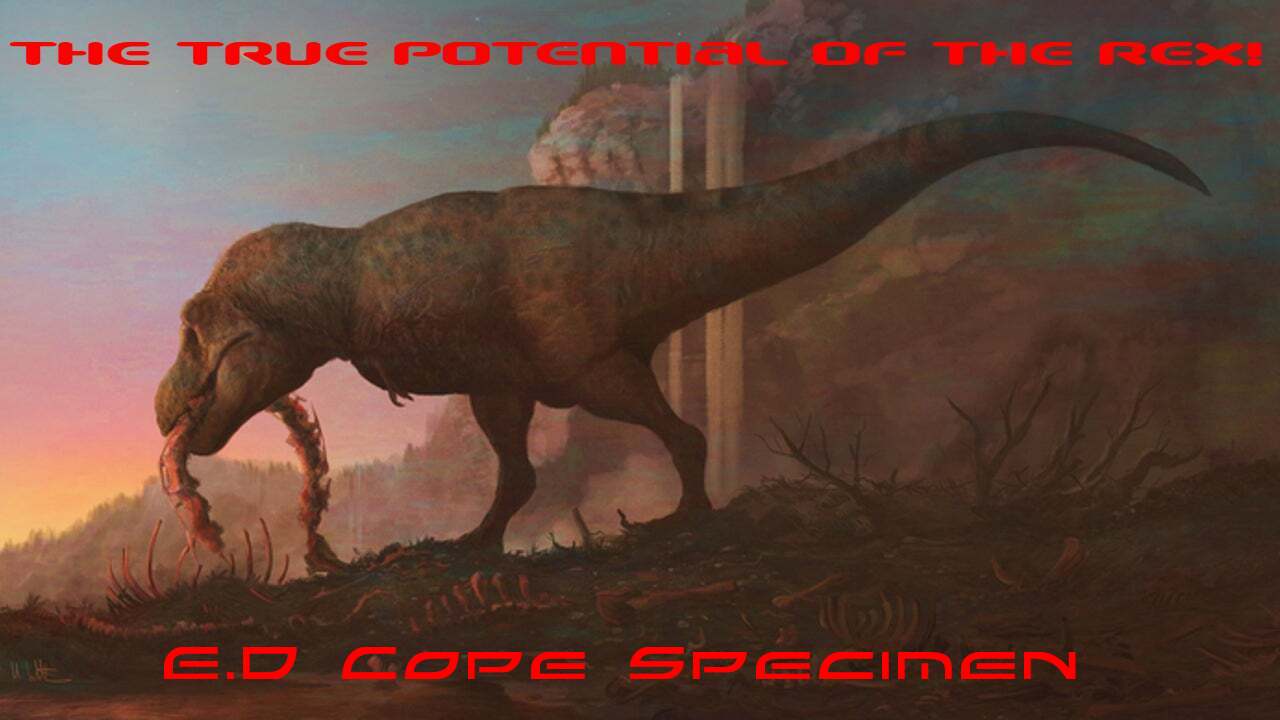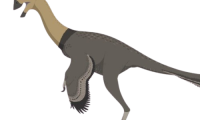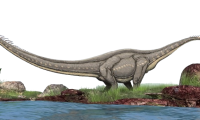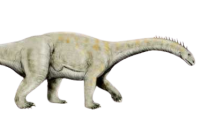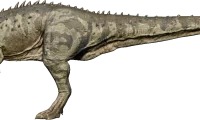The dinosaur in the movie is mostly imagination, but a new comprehensive analysis of Dilophosaurus fossils is helping to set the record straight. Far from the small lizard-like dinosaur in the movies, the actual Dilophosaurus was the largest land animal of its time, reaching up to 20 feet in length, and it had much in common with modern birds.
The analysis was published open access in the Journal of Paleontology on July 7, 2020.
Dilophosaurus lived 183 million years ago during the Early Jurassic. Despite big-screen fame, scientists knew surprisingly little about how the dinosaur looked or fit into the family tree, until now.
“It’s pretty much the best, worst-known dinosaur,” said lead author Adam Marsh. “Until this study, nobody knew what Dilophosaurus looked like or how it evolved.”
Seeking answers to these questions, Marsh conducted an analysis of the five most-complete Dilophosaurus specimens while earning his Ph.D. from The University of Texas at Austin’s Jackson School of Geosciences. He is now the lead paleontologist at Petrified Forest National Park.
The analysis is co-authored by Jackson School Professor Timothy Rowe, who discovered two of the five Dilophosaurus specimens that were studied.
The study adds clarity to a muddled research record that reaches back to the first Dilophosaurus fossil to be discovered, the specimen that set the standard for all following Dilophosaurus discoveries. That fossil was rebuilt with plaster, but the 1954 paper describing the find isn’t clear about what was reconstructed — a fact that makes it difficult to determine how much of the early work was based on the actual fossil record, Marsh said.
Early descriptions characterize the dinosaur as having a fragile crest and weak jaws, a description that influenced the depiction of Dilophosaurus in the “Jurassic Park” book and movie as a svelte dinosaur that subdued its prey with venom.
But Marsh found the opposite. The jawbones show signs of serving as scaffolding for powerful muscles. He also found that some bones were mottled with air pockets, which would have helped reinforce the skeleton, including its dual crest.
[Source: University of Texas]


